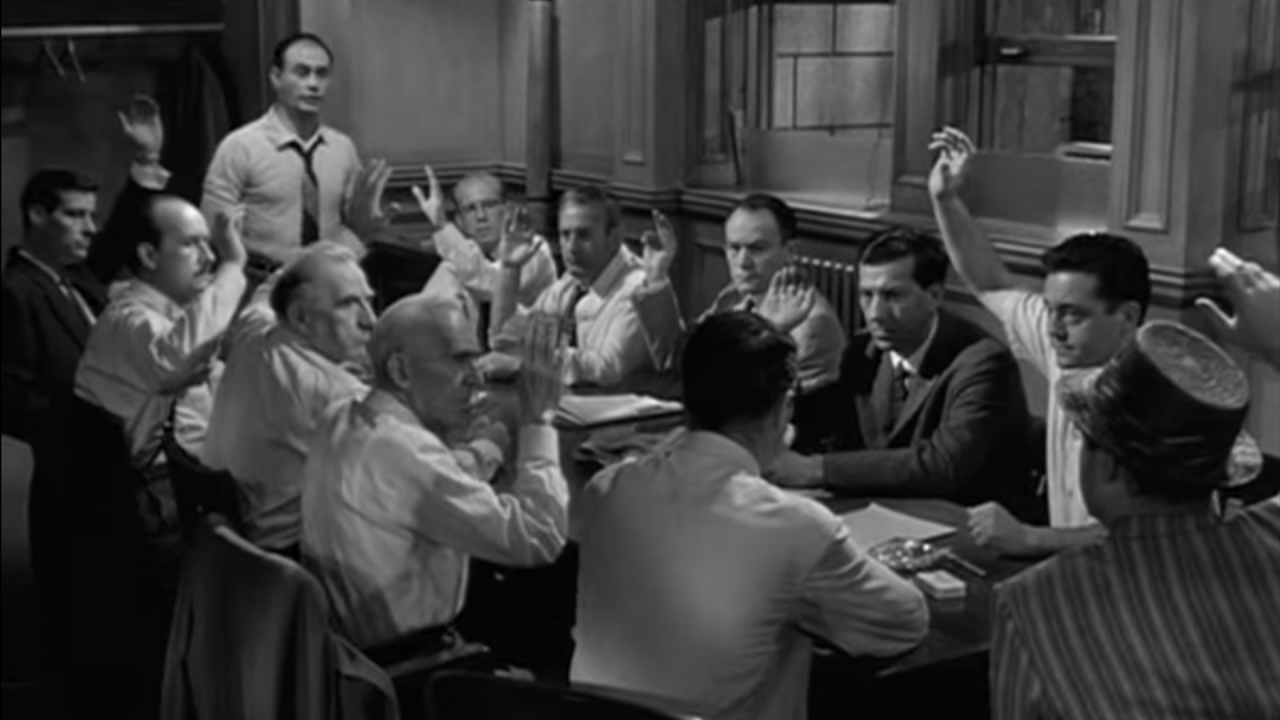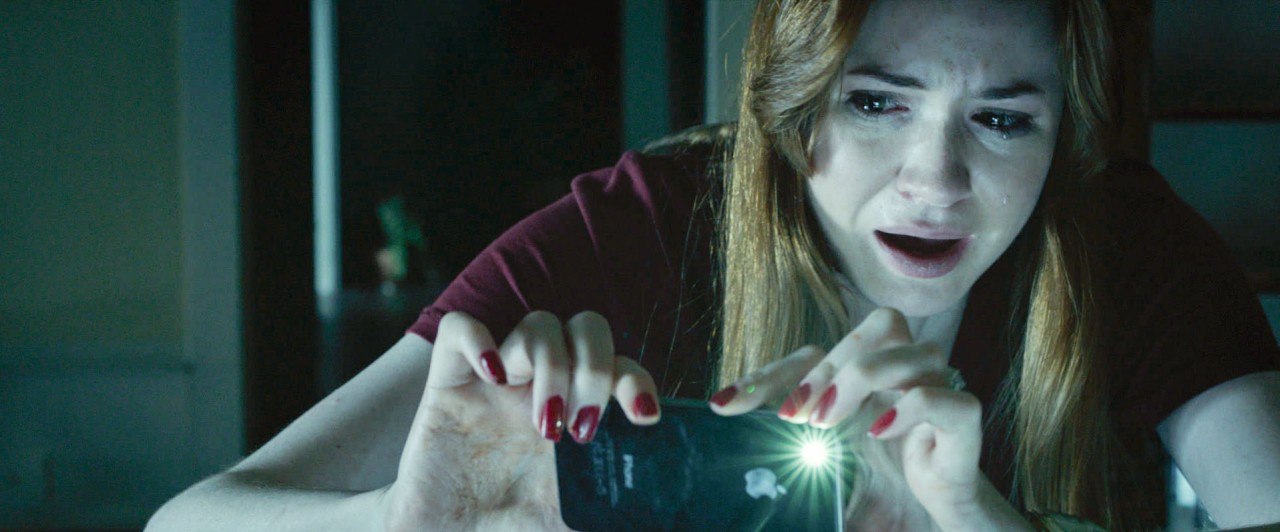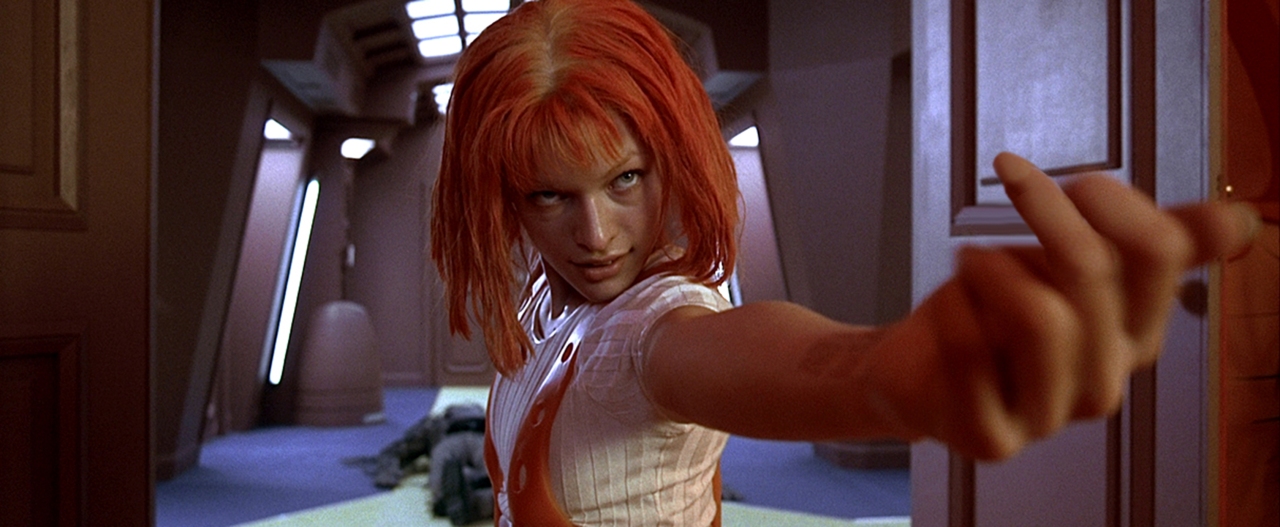We are living in a technological age in which computers are rapidly advancing in terms of speed, intelligence, and independence, with no signs of stopping. It began with virtual pets such as Tamagotchis, in which the user is responsible for the care and well-being of a digital creature that can die if neglected. Then it progressed to AI chatrooms such as Cleverbot, the “bot” that learns speech from the users that talk with it. Eventually, we will reach a point where we can date and have a relationship with an artificial personality. Spike Jonze decided to make a film that centers on this scenario, and that film has the very simplistic title of Her.
Theodore Twombly (Joaquin Phoenix) is an awkward introvert with a unexciting job—working for a company that composes personal letters for clients that are unwilling to write them—and an upcoming divorce from his wife, Catherine (Rooney Mara). Theodore has few friends, and struggles with dating and love. An operating device available for all electronics is released that has the capabilities of learning and adapting to each user’s needs and personality. Theodore acquires this OS, which names itself Samantha (Scarlett Johansson) and begins to bond with her. Eventually, Theodore and Samantha begin to develop a romantic relationship—a relationship that transcends technology and programming.
Let us be honest and realistic here. Very little people, if anybody, came to this film totally okay and sold to the concept of a man having a relationship with his computer. Admittedly, when I began watching this film, I was expecting to hate it based on the synopsis. When someone sees someone who is romantically/sexually attracted to his computer, one will think that this man is suffering from a mental disorder of sorts. Because of this, Her faces the challenge of painting this relationship in such a way that the audience is not repulsed by this setup.
So how does Spike Jonze, who not only directed but wrote the screenplay for Her, succeed in making Theodore and Samantha’s relationship something that audiences can not only accept, but also feel empathy for? It is primarily because of the way Samantha is written, and I mean in terms of both screenwriting and computer coding. Samantha is very complex character in that she has very human emotions and reacts to events in a very human manner, yet we are aware that Samantha is a computer program built on a set of codes. Perhaps it is because her reactions and emotions are so human and full of life, that we forget that Samantha is a man-made computer program designed to perform tasks. In fact, we probably intentionally ignore the fact that she is not a living being.
It is as if Samantha’s programming is designed like a human brain. The human mind constantly adapts and evolves depending on its experiences and surroundings. Samantha’s programming does exactly the same thing. The only difference is that Samantha is much faster at this than a human is. If it can be argued that these OS’s are no different than a human brain aside that one is mechanical and the other is biological, then more people are willing to accept the concept of human/computer romantic relationships.
But unfortunately, that is one of the only problems with Her. A man having a computer as a girlfriend is a radically new concept in this universe. Surely this will be greeted with a wave of criticism, skepticism, and a new version of technophobia. However, it seems that the general populace in this universe is totally okay with human/computer relationships. The only person who expresses disgust with Theodore and Samantha is Catherine. A large part of it could have been because Catherine had a prior relationship with Theodore and is insulted that she is being replaced with a computer. But considering that there is a large percentage of the population that is terrified of change, new ideas, and adjustments to social concepts and expectations, it is difficult to accept that human-computer relationships are instantly socially acceptable.
Yes, I admit it. I was prepared to despise this film. But I could not find a reason for me to hate this film, thanks largely to how Samantha is written and how her personality is possible. You can still say “Yeah, she sounds and acts human. But she is not human. She is a computer. And to fall in love with a computer is unnatural and wrong”. If that is your argument, then more the power to you. Her had a very difficult challenge, in that it had to make an abnormal relationship believable and likable. Not only did it succeed at accomplishing this, it exceeded at this.
| Her | |
| Story/Plot | 9 |
| Pacing | 9 |
| Direction | 10 |
| Cinematography/Visuals | 9 |
| Editing | 9 |
| Sound Design | 10 |
| Acting | 9 |
| Theme/goal | 9 |
| Entertainment Value | 8 |
| Rewatchability | 8 |
| Final Score | 9.0 |






